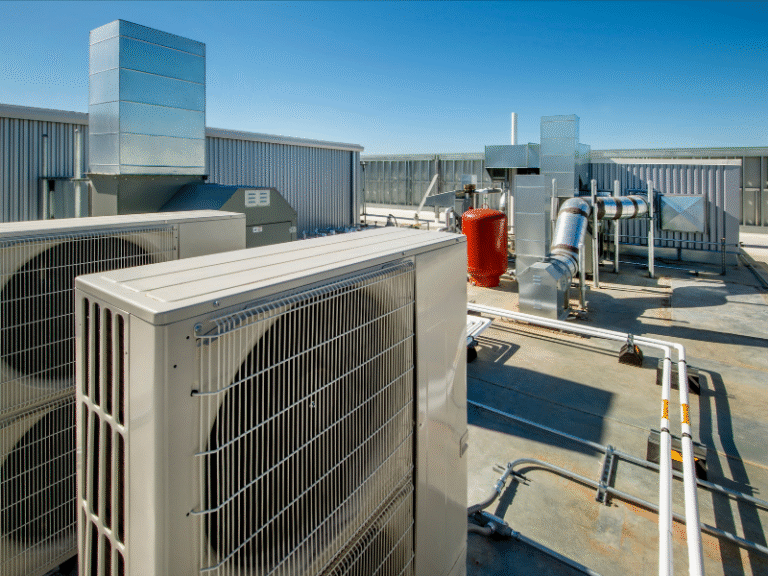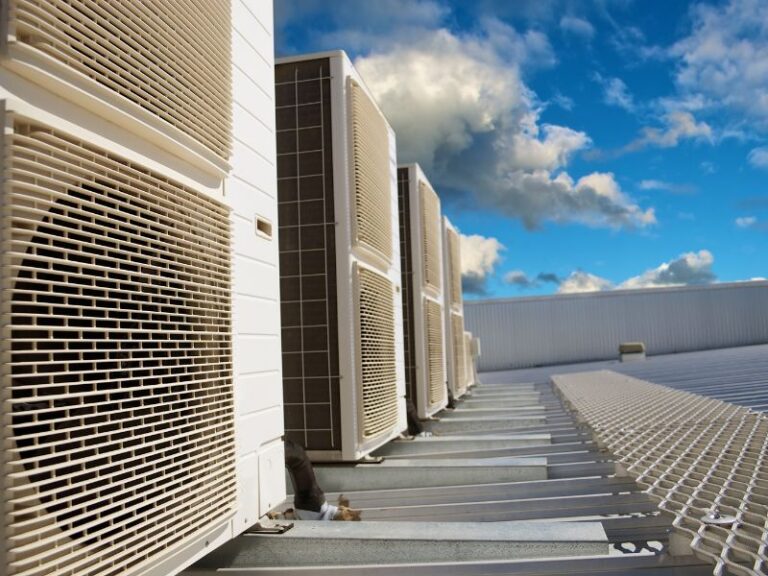When it comes to designing a functional and energy-efficient HVAC (Heating, Ventilation, and Air Conditioning) system, one of the most critical steps is performing cooling load calculations. Understanding cooling load calculations is essential to ensuring that your system is properly sized, providing optimal comfort while minimizing energy consumption and operational costs. In this post, we’ll explore what cooling load calculations are, why accurate sizing is crucial, and how you can benefit from precise system sizing.
What Are Cooling Load Calculations?
Cooling load calculations are the process of determining the amount of cooling required to maintain a comfortable indoor temperature and humidity level within a building. These calculations take into account various factors, such as:
-
Indoor and outdoor temperature differences
-
Building dimensions and layout
-
Insulation levels
-
Occupancy (number of people in the space)
-
Lighting levels and heat-producing equipment
-
Windows and their exposure to sunlight
-
Air infiltration and ventilation rates
Cooling load calculations are vital for ensuring the right-sized HVAC system is installed in your building. If the system is too large or too small for the required cooling load, it can lead to a range of issues, from discomfort to wasted energy and increased operating costs.
Why Accurate Sizing Matters
Getting the HVAC system sizing right is crucial for several reasons. Here’s why accurate cooling load calculations matter:
1. Energy Efficiency
A properly sized system ensures that your HVAC unit runs efficiently. If the system is too large, it will cool the space too quickly and shut off prematurely, using more energy than necessary. This frequent starting and stopping—called short-cycling—leads to wasted electricity and wear on the system. On the other hand, if the system is too small, it will have to run constantly to keep up with demand, leading to higher energy consumption.
2. Comfort
One of the main goals of any HVAC system is to provide comfort by maintaining consistent indoor temperatures. Over-sizing or under-sizing can disrupt this balance. An over-sized system will cool the air too quickly, failing to remove enough moisture, which can leave the space feeling clammy or uncomfortable. Conversely, an under-sized system may struggle to cool the room, leaving hot spots or inconsistent temperatures throughout the space.
3. Extended Equipment Life
Properly sizing your HVAC system also helps in prolonging its life. Over-sized systems tend to wear out quicker due to frequent cycling on and off, while under-sized systems overwork themselves, causing excessive strain. In both cases, the system will require more maintenance and may fail prematurely, leading to costly repairs or replacements.
4. Cost Savings
An accurately sized system ensures you avoid unnecessary upfront costs, such as purchasing a more powerful unit than necessary. Furthermore, over-sized systems increase operating costs due to inefficiency, while under-sized systems can lead to energy waste from excessive runtime. By sizing the HVAC system correctly, you can achieve significant long-term savings on energy bills, maintenance, and repair costs.
5. Environmental Impact
Using less energy to heat or cool a space doesn’t just save you money—it also reduces your carbon footprint. By opting for a system that is correctly sized, you are ensuring that the HVAC system operates at peak efficiency, helping to reduce energy consumption and lower greenhouse gas emissions.
How to Perform Cooling Load Calculations
Performing cooling load calculations involves a detailed assessment of various factors affecting a building’s thermal environment. Here are the key elements involved in accurate cooling load estimation:
1. Room Size and Layout
The size of the room or building is one of the most significant factors in determining the cooling load. Larger spaces require larger cooling capacities to maintain comfortable temperatures. The layout of the space, including ceiling height, the number of walls exposed to the outside, and the arrangement of rooms, also affects the load calculation.
2. Building Insulation
Proper insulation in walls, floors, and ceilings reduces the amount of heat gained or lost through the building envelope, which can significantly impact the cooling load. A well-insulated space requires less energy to maintain comfortable temperatures.
3. Window Size and Type
Windows are one of the biggest contributors to cooling loads because they allow solar radiation to enter the building. The size, type, and orientation of windows play an important role in heat gain, especially in spaces that receive direct sunlight. Using energy-efficient windows or adding shading devices can help reduce cooling load requirements.
4. Internal Heat Gains
Internal heat sources, such as lighting, appliances, and equipment, contribute to the overall cooling load. For instance, in commercial spaces, the heat produced by computers, printers, and other electrical equipment must be factored into the calculation.
5. Occupancy and Activity Levels
The number of people occupying the space and their activity levels (e.g., sitting, exercising, cooking) impact the cooling load. People generate heat through body temperature and metabolic activity, contributing to the internal heat gain. For accurate calculations, occupancy and activity levels should be considered.
6. Local Climate Data
The external weather conditions—such as temperature and humidity—greatly influence the cooling load. Warmer and more humid climates typically require a higher cooling load. This is where tools like CoolCalc can be particularly useful, as they integrate localized climate data for different regions to provide more precise load calculations.
The CoolCalc Advantage: Making Accurate Sizing Easy
Traditionally, performing cooling load calculations required manual calculations, often involving complex formulas and multiple data points. However, with tools like CoolCalc, this process has been simplified. Here’s how CoolCalc can help:
-
Localized Data: CoolCalc integrates weather data from all 36 Nigerian states, so you get accurate cooling load calculations tailored to your specific climate zone.
-
User-Friendly Interface: With CoolCalc, you don’t need to be an HVAC expert to perform accurate calculations. The app guides you step-by-step through the process, ensuring that even beginners can calculate the right-sized system.
-
Time-Saving: Instead of spending hours on manual calculations, CoolCalc allows you to get accurate results in minutes, saving you both time and effort.
-
Cost-Effective: By ensuring you choose the right-sized system, CoolCalc helps you avoid the costs associated with over-sizing or under-sizing HVAC equipment, including higher installation costs and long-term energy waste.
Conclusion:
Accurate cooling load calculations are essential for ensuring that your HVAC system is properly sized for optimal efficiency and comfort. Whether you are a homeowner, a contractor, or an HVAC professional, tools like CoolCalc make the process easy, efficient, and cost-effective. Don’t settle for guesswork—ensure your HVAC system is sized accurately, saving you money, energy, and frustration in the long run.
Ready to make smarter HVAC sizing decisions? Download CoolCalc today and start calculating your ideal cooling load with ease!




